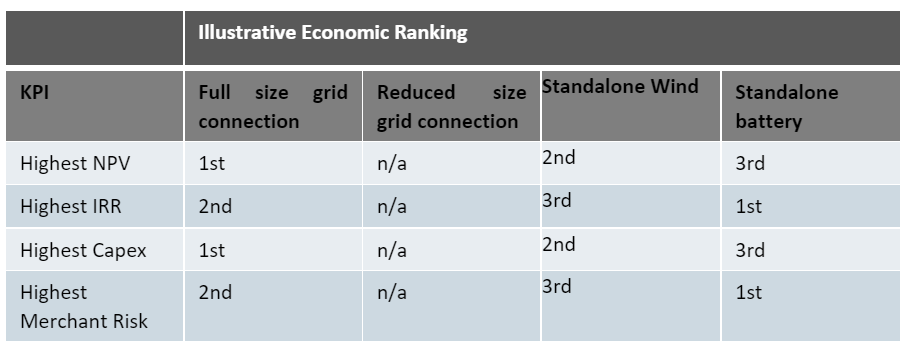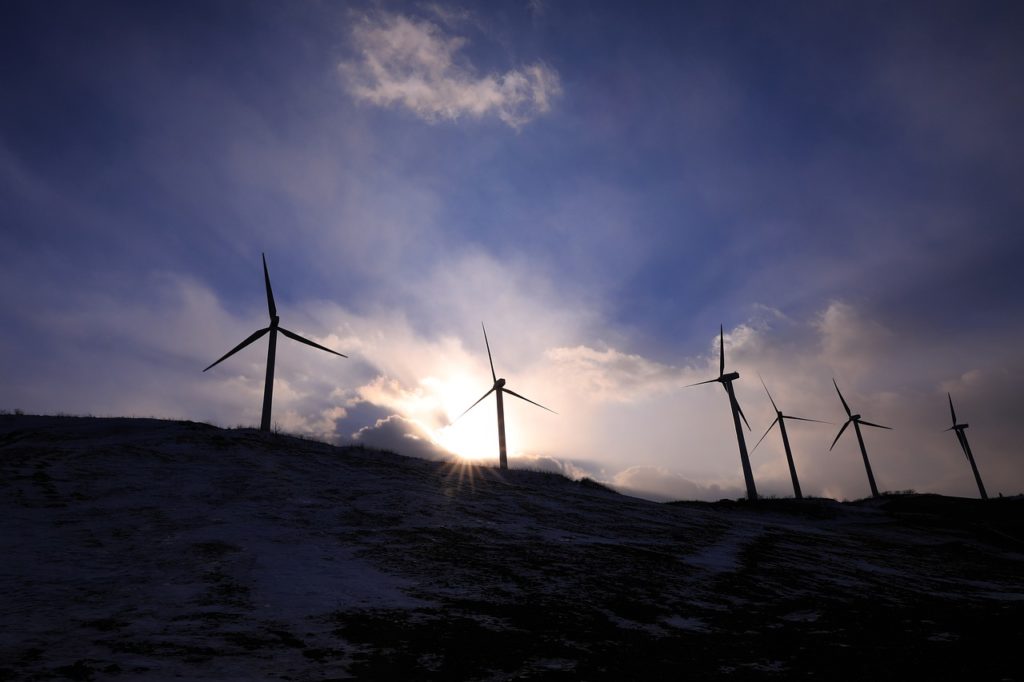Ahead of the Scottish Renewables Onshore Wind Conference 2023, ITPEnergised presents an insights series on our current thoughts for this sector:
Part 1 – An Introduction to our services for onshore wind
Part 2 – Repowering – a call for EPC contractors & an opportunity to colocate
Part 3 – Grid connections for wind and battery developments
Part 4 – New ECU Guidance for wind and battery developments
Part 5 – The techno-economics of wind and battery colocation
Part 5 – The techno-economics of wind and battery colocation
Further to our solar and battery colocation insights series which you can read here, this article looks at the techno-economics wind and battery colocation which manifests different behaviour. We are monitoring the growing importance of colocated wind and battery schemes discussed in Part 3 on grid connection and Part 4 on recent planning policy updates of this series. Some of the key differences between wind and battery and solar PV and battery schemes that impact the techno-economics of colocation optimisation include:
- Higher load factors for wind compared to solar PV;
- More resource variation than solar PV which largely tracks daylight hours;
- Solar PV has more daily non export overnight enabling longer duration batteries to work; and
- The economics of wind itself are particularly sensitive to high and low wind resource years.
On the last point, taking recent higher wind resources years of 2022 and 2020 these years had approximately 15% more energy yield than 2021 which can make a difference of over 150 basis points to internal rates of return if the delta of these energy yields were representative through the economic life of the wind farm.
There were three techno-economic optimisation frameworks that we used for solar PV and battery, which we can test for wind and battery to see if we get similar results.

Case 1 concerns a standalone battery storage project and the associated revenue streams that can be back tested to the market.
Case 2 considers a full-sized grid connection adequate to export the full capacity of a wind farm with varying levels of battery capacity at a fixed duration to derive the optimum economics and compare the techno-economics of a standalone wind farm before to the colocated project after.
Case 3 is used to drive better techno-economic-capex-risk outcomes, where we over plant the wind farm and make it larger than the grid connection itself in capacity terms. This reduces grid connection capex whilst improving grid connection load factor with smaller grid connection schemes having the potential for more accelerated times to connect enabling faster positive cash flow for a project. Again, we compare the techno-economics of a standalone wind farm before to the colocated project after.
In our findings Case 1 and 2 can work economically but Case 3 tends to be value destructive. Our methodology is proprietary but as we discover more information through our due diligence or technical development process with our grid, renewable technical services and environmental planning teams we continue to optimise the techno-economics. This then gets reflected into the technical design whilst still ensuring the configuration fits within the planning regime and grid connection parameters.
A summary of an illustrative case for the three techno-economic frameworks is shown in the table below, assuming the same wind farm capacity and that the wind farm and battery project use the same discount rate. Please note results can vary from project to project, and how the project is setup with respect to grid connection.

To find out more about our onshore wind services please contact Peter at peter.lo@itpenergised.com.
© Copyright 2023 ITPEnergised. The concepts and information contained in this document are the property of Energised Environments Limited, ITPE Ltd and Xero Energy Limited, trading as ITPEnergised. Use or copying of this document in whole or in part without the written permission of ITPEnergised companies constitutes an infringement of copyright unless otherwise expressly agreed by contract.
These materials are not intended to be and do not constitute a recommendation to any person or entity as to whether to acquire or dispose of or take any other action in respect of any transactions contemplated in this document. The commercial merits or suitability or expected profitability or benefit of such transactions should be independently determined by the Recipient relying on its own assessment of the legal, tax, accounting, regulatory, financial, credit and other related aspects of the transaction, relying on such information and advice from the Recipient’s own professional advisors and such other experts as it deems relevant.

